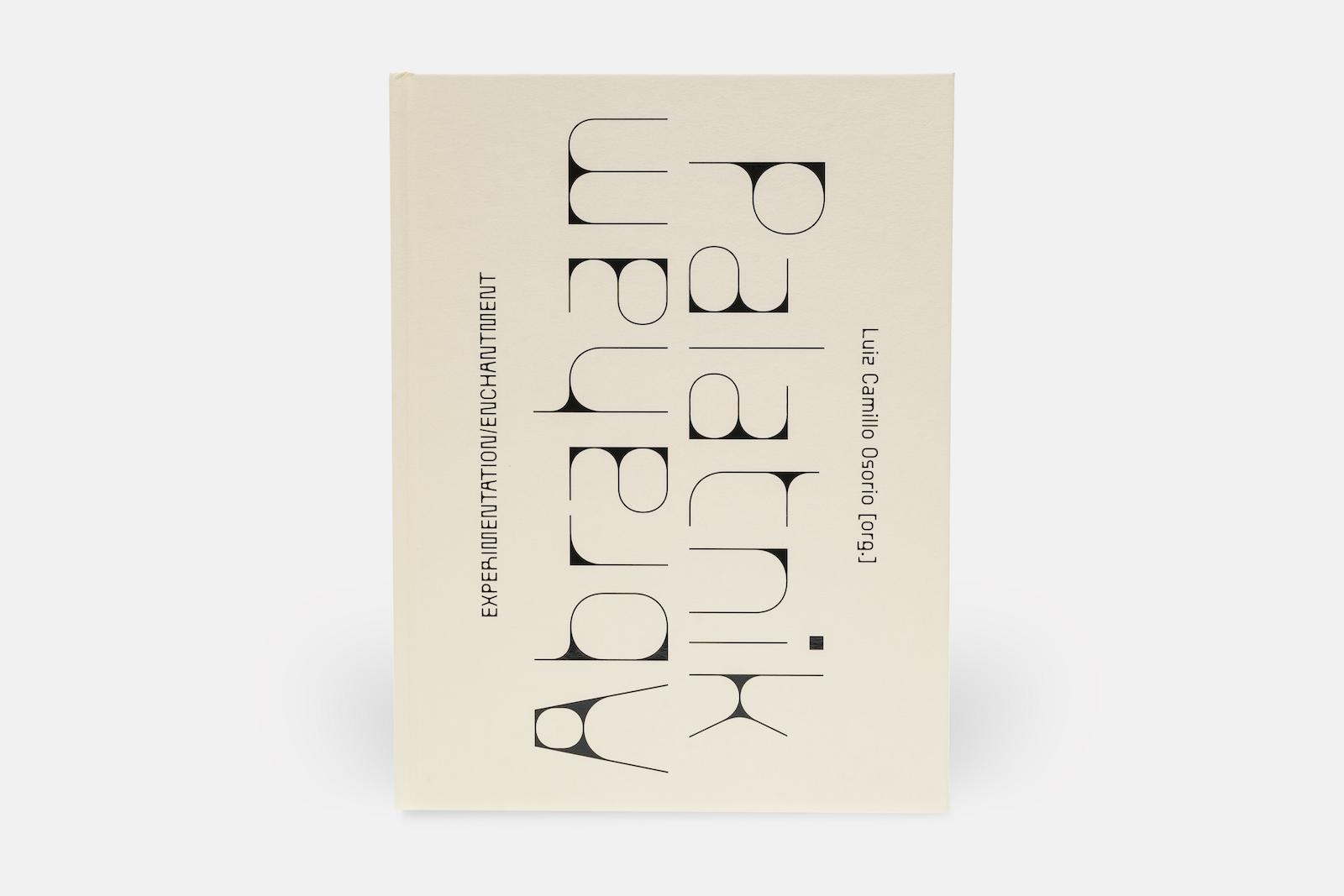Bloom is interested in the relationships among and between things in various contexts and likes to explore how stories evolve. Most of all, she expects her viewers and readers to act as detectives, creating narratives based on the in-between.
Her attempts to evoke this response might manifest in the display of photographs of eyes, all hanging near one another, or in a framed photo of three flower arrangements, two of them set in front of a display in a painting.
Lerner, for his part, shows how detection can operate in a story that connects, unravels, and disconnects the “evidence,” but leaves us comfortable in the fictive space where objects, ideas, and memories assume positions. As he observed in writing, “Abstraction is important, abstraction is necessary, otherwise we can’t perceive the shapes— an ellipse, a triangle— that structure experience . . . And that’s just for starters."
































